Gastrulation: cross section of the frog
Gastrulation Most animals enter a phase early in development called gastrulation. In this phase, a tiny ball or disc of cells rearranges to form three embryonic layers of tissue, called germ layers. The germ layers of the embryo—now called a gastrula—are called the endoderm, mesoderm, and ecotoderm. Each follows a distinctive developmental path to give rise to specific tissues in the mature animal. In forming the three germ layers, gastrulation sets the stage for the formation of the adult animal, and is therefore a pivotal time in development. In recognition of this significance, the biologist Lewis Wolpert said, "It is not birth, marriage, or death, but gastrulation which is truly the most important time of your life." If we look at a cross section of an embryo of the frog Xenopus, we can see that at this point it consists of a ball of cells with a fluid-filled cavity. The cavity is called the blastocoel, and the embryo is currently in the blastula stage of development. A blastula contains large yolk-filled cells at one pole, called the vegetal pole, and smaller cells at the other, called the animal pole. The three colors represent the three tissue layers that become defined early in embryogenesis. Yellow indicates future endoderm, red indicates future mesoderm, and blue indicates future ectoderm. At the beginning of gastrulation, a few surface cells move into the interior of the embryo, followed by other cells. We can track the movement of cells into the embryo if we add dye to a few of the cells on the embryo's surface. The movement of cells into the embryo creates a lip over which sheets of cells continue to move inside. At the same time, the ectoderm extends around the embryo's surface. As gastrulation proceeds, a cavity forms—the archenteron—while the blastocoel progressively shrinks. The archenteron is the primitive gut and is completely surrounded by endodermal tissue. The endoderm at the roof of the cavity originates from the outside of the embryo. The cavity is continuous with the outside, via an opening called the blastopore, which eventually becomes the anus of the animal. As the ectoderm extends around the embryo, another set of surface cells begins to migrate into the embryo. By the end of gastrulation, the ectoderm has surrounded the embryo, endoderm lines the inside, and mesoderm lies between the two. Additionally, the fates of specific regions have become determined. These germ layers will give rise to specific tissues and organs in the adult.
Add To
You must login to add videos to your playlists.
Advertisement




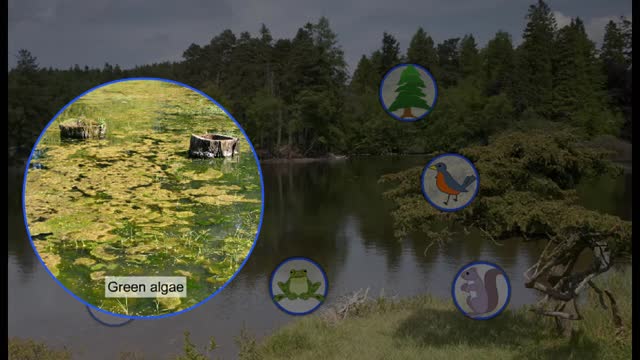
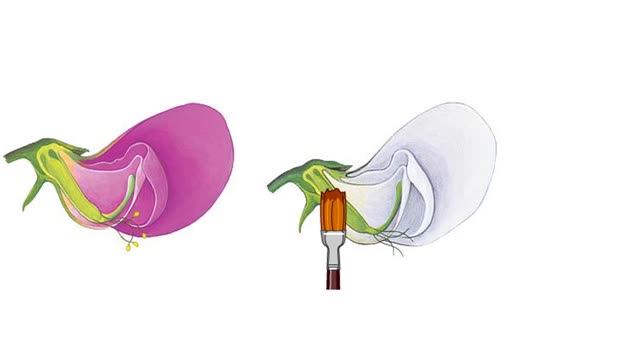
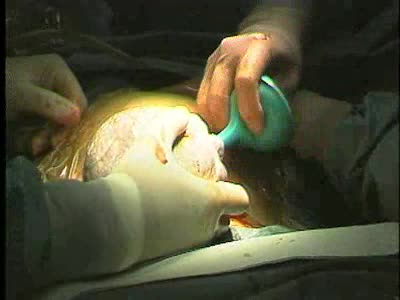
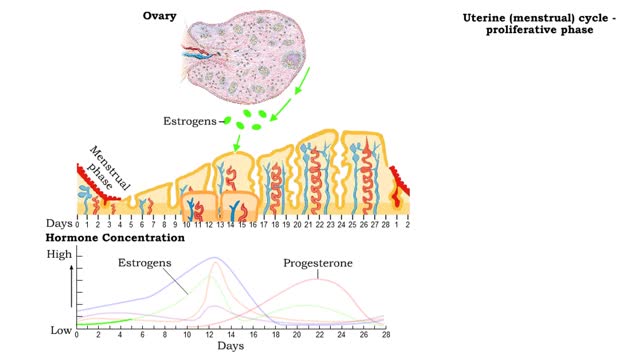
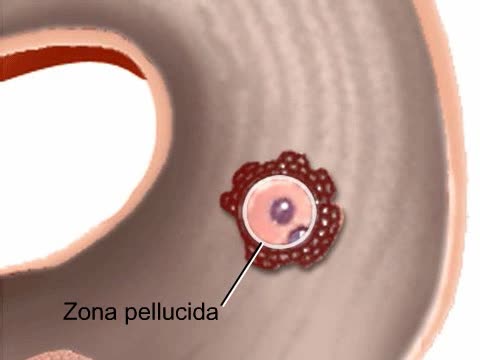
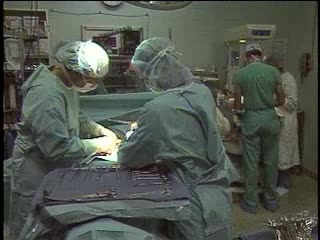

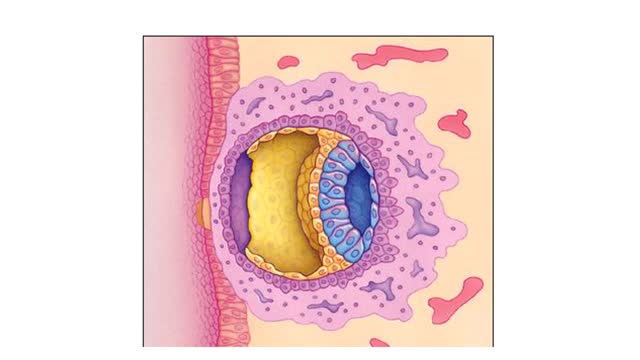
Comments
0 Comments total
Sign In to post comments.
No comments have been posted for this video yet.